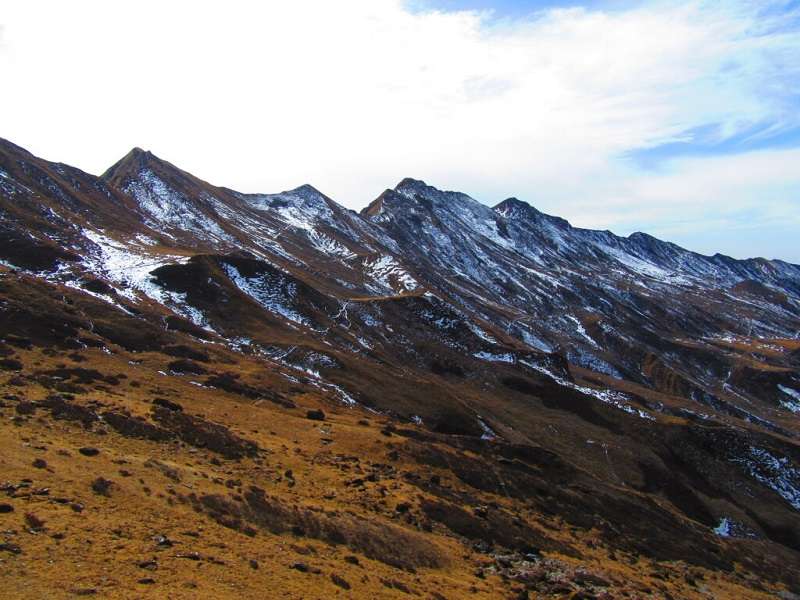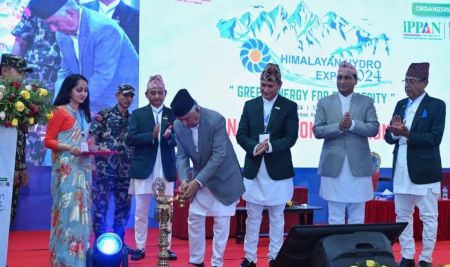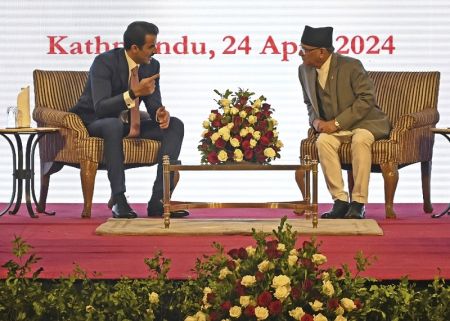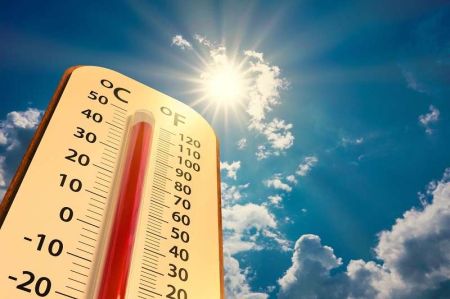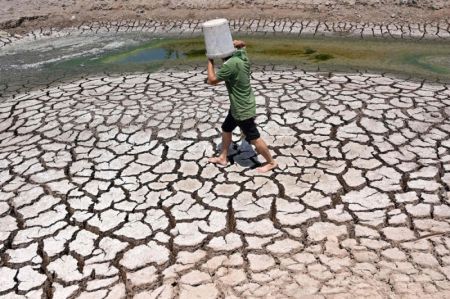January 23: Until some years ago, the mountains of Nepal were seen with snow-capped ridges during the winter season. There used to be a huge inflow of foreign tourists in Sindhupalchowk to enjoy the majestic beauty of the Himalayas and play with snow. But, the glittering mountains are now turning into black rocks arguably due to the effects of climate change. Consequently, the popular tourism hotspots of Sindhupalchowk – Helambu and Panchpokhari – are losing their identity as the prime tourist destinations.
Sindhupalchowk's Upper Helambu, Panchpokhari and Jugal ridge zone used to appear snow-capped from mid-November onward. But, in the recent years, snow fall has become a rare event in the mountains that has direct bearing on the inflow of tourists.
The number of domestic and international tourists turning up in Sindhupalchowk for snow fun with sight-seeing has declined of late. It has continued to trigger displacement of the people relying on tourism enterprises.
Kami Lama of Helambu-2 shared that tourism entrepreneurship have been affected as snowfall is becoming a rare incident in Helambu region.
"It has been a long time since snowfall did not occur in Panchpokhari, Nagitham, Chyochyodanda, Amayangri, Kutumasang, Melamchichyang and Sermathang among others in the district," said Lama.
There used to be a huge influx of tourists to the snow-capped areas of Helambu, Panchpokhari and Mude of the district.
Surprisingly, Helambu rural municipality has set a goal of producing artificial snow so as to attract tourists. Helambu Chairperson Neema Gyaljen Sherpa said they would pilot this initiative in one place. In recent years, the rise in the temperature coupled with climate change have melted snow in the region. The phenomenon has also placed the indigenous farming of the area in crisis. Last year's destructive flood can be taken as an example of the effect of climate change in the high-hill region. Environment expert Prabhu Budhathoki said it is an indication of bigger risk to the human community in the long run. -- RSS


